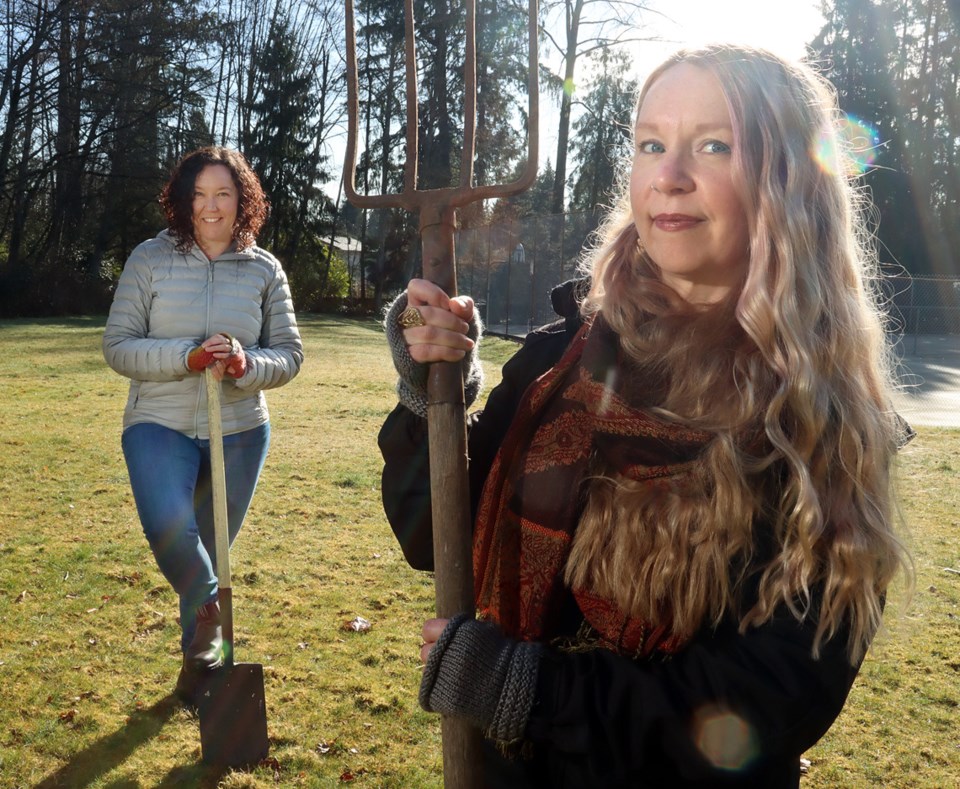The executive director of the Grow Local Society that administers Port Moody’s largest community garden next to the city’s police station said she’s excited to put shovels into the ground at a new 60-plot garden in Art Wilkinson Park.
On Tuesday (Jan. 11), council elected to go ahead with the project that was put on hold for a year so city staff could survey residents in the surrounding Glenayre neighbourhood.
A report presented to council said the survey raised several concerns including increased traffic, the potential of the gardens to attract bears and rodents, as well as the possibility of increased crime in the area.
Some residents also said a community garden isn’t necessary, claiming the neighbourhood is already comprised mostly of single-family homes with large yards that could easily accommodate private gardens.
But Coun. Amy Lubik, who successfully pitched her fellow councillors to counter the staff recommendation to consider another site for the gardens, said they’re “a wonderful place for people to connect with each other.”
She said maintaining an ongoing dialogue with neighbours, along with an education campaign, will help address some of their concerns. The project is set to be re-evaluated after a year.
Grow Local’s Tabitha McLoughlin said proper management of the gardens will ensure they don’t become a lure to wildlife and the disparate schedules of the gardeners means congestion is unlikely.
She conceded bears, coyotes and rodents are out and about, but educating gardeners about crops to avoid, like berries, as well how to handle their compost and garden waste means they’re unlikely to visit.
“They’re valid concerns of course,” McLoughlin said, adding she’s not aware of any intrusion of bears or other wildlife in the 12 years she’s been involved with the gardens next to the police station.
As well, McLoughlin said, the back-to-the-earth nature of avid gardeners means many are unlikely to hop into their fossil-fuel burning cars to get to the gardens. Instead they’ll walk, ride their bikes or even take transit.
She said the small strip of parking for the 60 plots on St. Johns Street is never full, even when there’s a planting party that might attract 20 or 30 gardeners at the same time.
McLoughlin said the social aspect of community gardens is often what attracts people to start a plot, even in neighbourhoods where they already have the space to grow their own gardens.
“They have the shared experience of growing food and chatting about it.”
Lubik said with food security becoming a growing concern, it’s important the city do whatever it can to help residents connect with their food and each other.
In fact, it’s that aspect that led council last year to boost the initial proposal of 40 plots at Art Wilkinson Park to 60.
Another 20-plot garden was also approved for a patch of property in front of the city’s recreation complex on Ioco Road. It produced its first crops last fall.
The combined budget for both gardens was set at $62,000.



